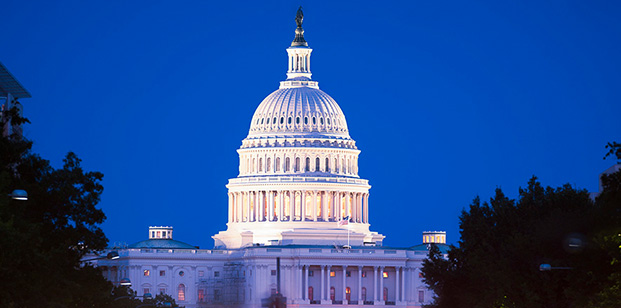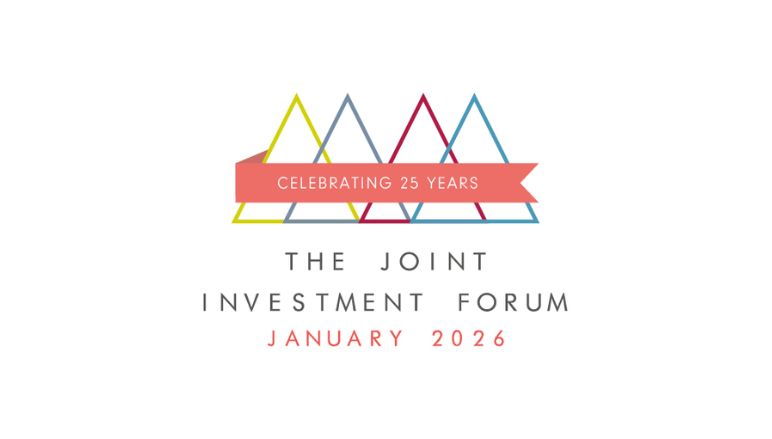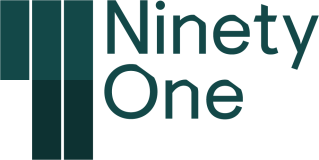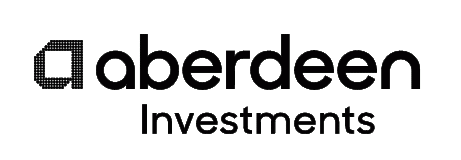A flurry of activity, but any clarity?
- Trump’s early executive orders have continued the themes established during the campaign.
- He has also pulled out of the Paris Climate Change agreement and World Health Organisation.
- However, there is little clarity on the most important issue – tariffs.
Trump is back and this time, he’s organised. The extraordinary range of wild promises and threats that formed his campaign are now coalescing into a policy agenda, with a flurry of executive actions. The world is waiting with bated breath to see what the year ahead might hold for them.
Fund managers could bemoan the fact that one man can determine the fortunes of their portfolios, but for the time being at least, they may need to get used to it. Trump likes to create headlines, and this time he has an agitator-in-chief in the form of Elon Musk. In the longer-term, there is hope that markets will start to manage through the noise, but that seems a vain hope for now.
His early executive orders have continued the themes established during the campaign. He has started to roll back climate policies for example, as well as diversity and inclusion initiatives. This has included one that President Johnson signed on September 24, 1965, which required federal contractors to refrain from employment discrimination "based on race, color, religion, and national origin." He has also pulled out of the Paris Climate Change agreement and World Health Organisation.
This early activity has also included the establishment of the Department of Government Efficiency, due to be run by Elon Musk and Vivek Ramaswamy. They have talked about cutting $2 trillion from the $6.8 trillion annual government budget, while “modernizing Federal technology and software to maximize governmental efficiency and productivity.” These may prove incompatible goals.
However, the real issue for most global companies is his tariff regime and here there is still a lot of bluster and not much clarity. He has repeated his threat to impose 25% tariffs on Mexico and Canada, plus an additional 10% on China. China would probably be quite happy with that, with previous threats suggesting they could be as high as 60%, but Trump doesn’t seem to have made his mind up.
Libby Cantrill, head of public policy at Pimco, says: “ Tariffs may not have been increased on Monday, but we would urge folks not to read too much into what is more likely a delay, rather than an absence of future tariff actions; at the same time, we think blanketed tariffs on Mexico and Canada – particularly at the 25% level – are less likely than country-specific tariffs in other places (we continue to think the EU and China are quite vulnerable).”
The flurry of activity has brought no significant clarity and a great deal of noise. This will probably be the pattern for a few months yet as Donald Trump settles in, and the executive orders keep coming.


















